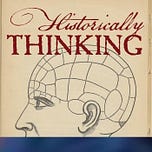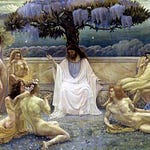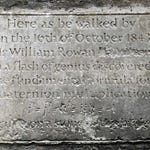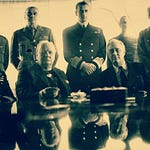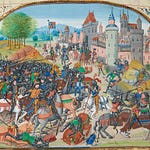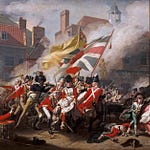Originally published on November 28, 2022 (Episode 295)
Introduction
When the Massachusetts Historical Society was founded in 1791, its members likely imagined preserving papers and letters—not waistcoats, wigs, dresses, and crimson cloaks. Yet today, its archives contain all of these and more. Clothing, as historian Kimberly Alexander shows, offers a unique way of seeing New England’s past.
In Fashioning the New England Family (Massachusetts Historical Society / University of Virginia Press, 2021), Alexander explores three centuries of garments and accessories that illuminate stories of family, identity, trade, and cultural change. From Priscilla Mullins Alden’s dress to the flamboyant waistcoat of Andrew Oliver, Jr., fashion becomes a lens through which to view New England history from the seventeenth century to the dawn of the twentieth.
About the Guest
Kimberly Alexander is Director of Museum Studies and Lecturer at the University of New Hampshire. A specialist in material culture and fashion history, she curated the exhibition Fashioning the New England Family at the Massachusetts Historical Society in 2018. She has also previously appeared on Historically Thinking to discuss the history of Colonial American shoes.
For Further Investigation
Kimberly Alexander, Fashioning the New England Family (Massachusetts Historical Society / UVA Press, 2021)
A New York Times article on cochineal, the dye that turned cloth vivid crimson
Garments from the Massachusetts Historical Society collection featured in their exhibition Fashioning the New England Family:
John Leverett’s buff coat
Two waistcoats: William Tailer’s (d. 1732) and Andrew Oliver, Jr.’s (1731–1799)
Crimson cloaks belonging to Peter Oliver (1713–1791) and Henry Bromfield (1727–1820)
Abigail Adams, painted by Gilbert Stuart: exemplifying a measured adaptation of French fashion
💬 Listen & Discuss
What can we learn about families, identities, and societies by studying what people wore? Have you ever connected with history through clothing or family heirlooms? Share your reflections in the comments.

